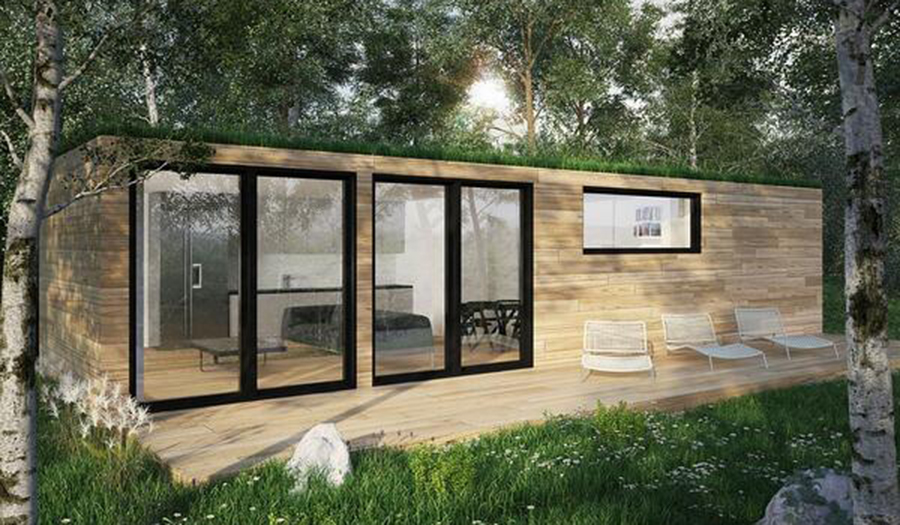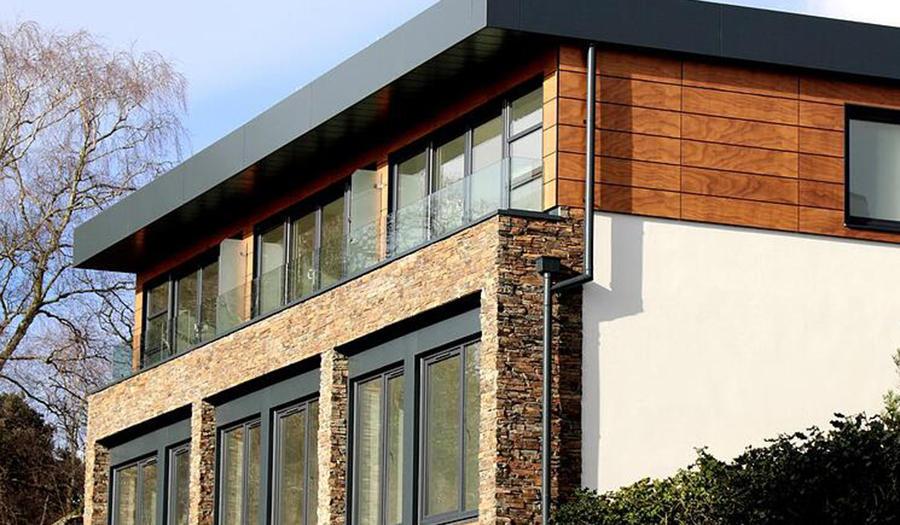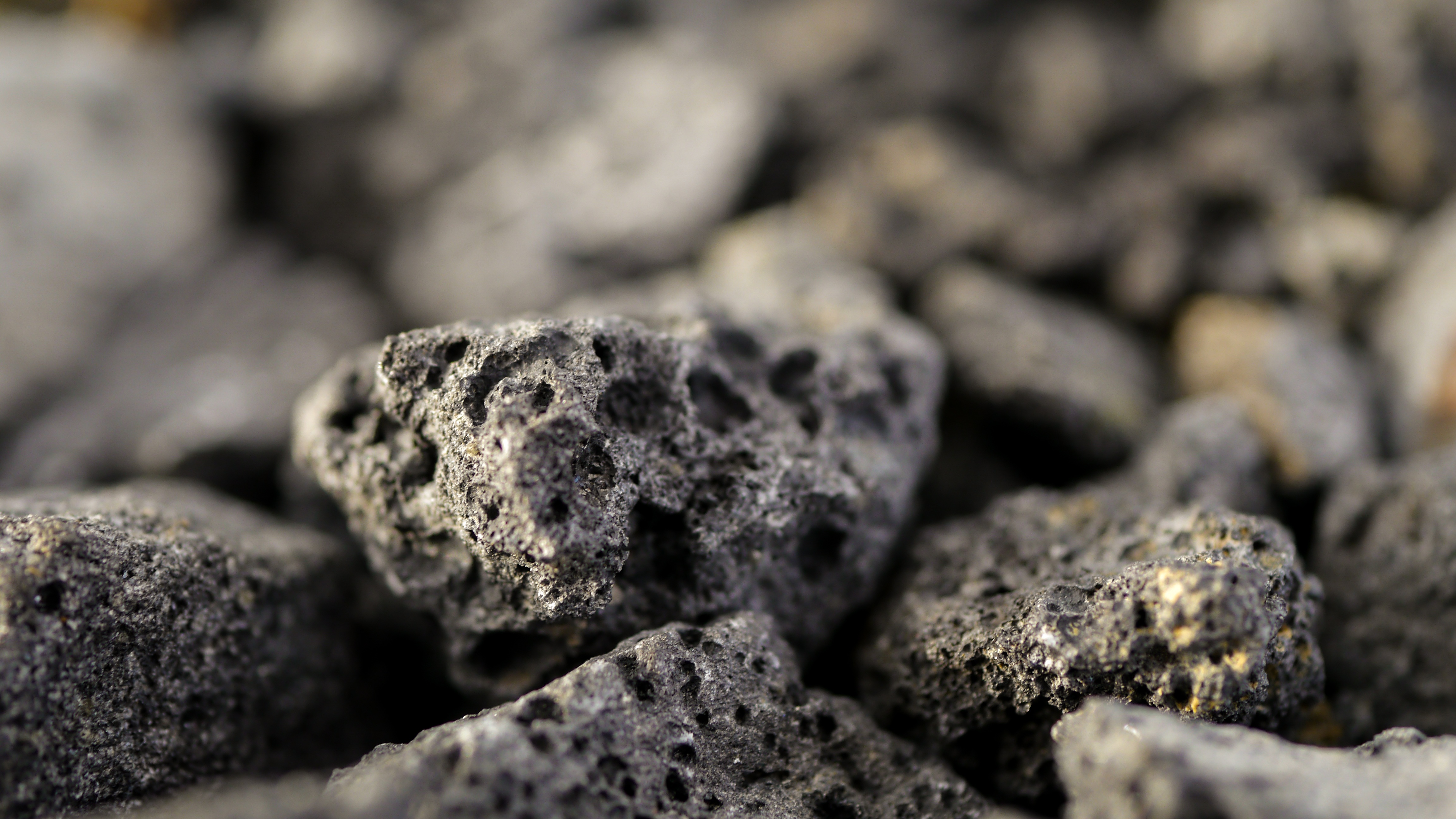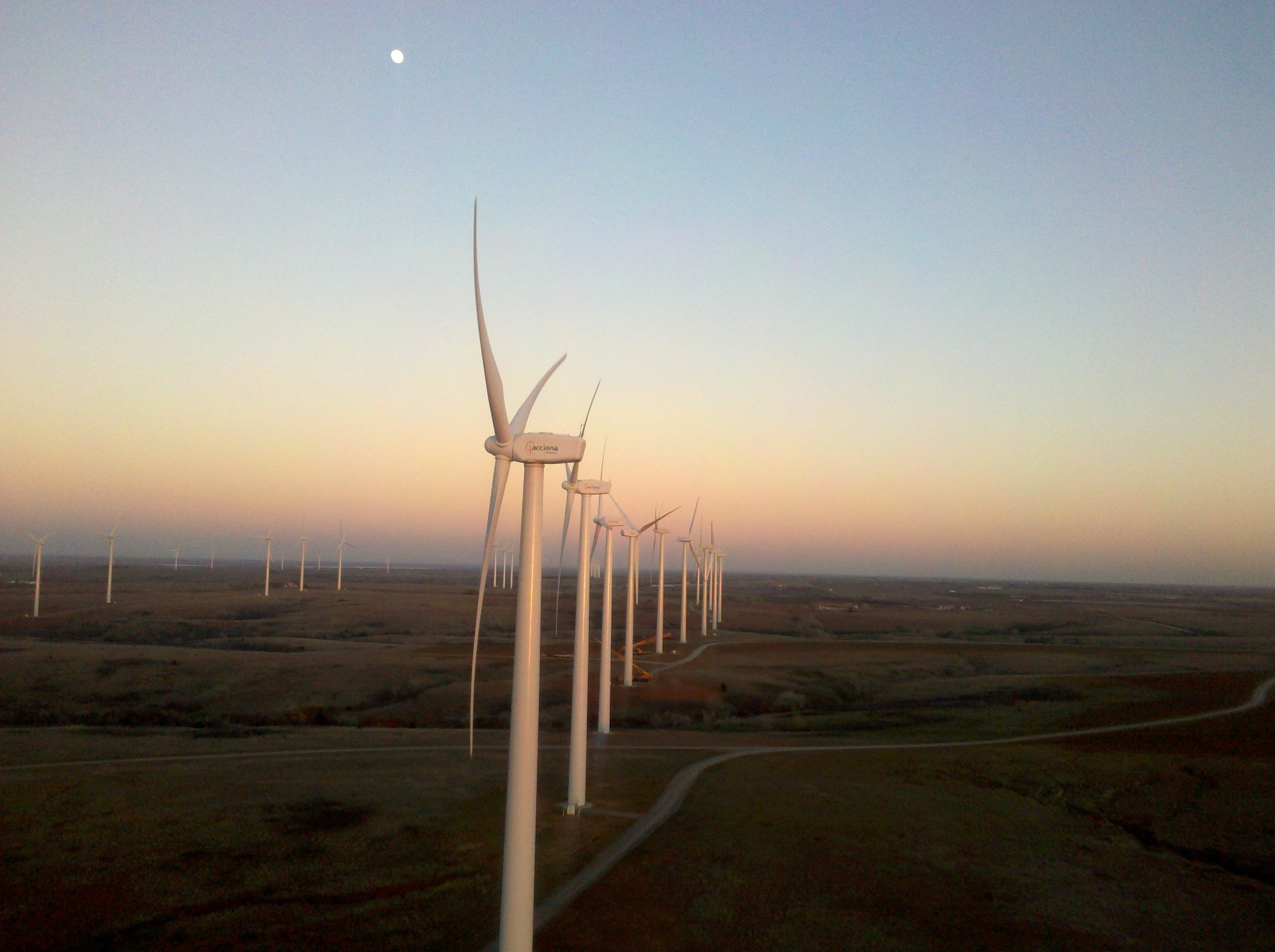The BASIX assessment and NatHERS process is an ever evolving practice which requires extensive knowledge of available materials, passive heating and cooling strategies and how to design in an ecologically sustainable manner. Although to complete and sign off on the BASIX process one must be a certified assessor. The assessor’s background does not play a large role in determining their competency in assessing a building’s efficiency. Therefore, the question is raised as to who is the most qualified or most knowledgeable to be completing the BASIX assessment?
Recent posts by Ilvy Bonnefin
2 min read
Who do you want doing your BASIX Assessment?
By Ilvy Bonnefin on Apr 26, 2020 1:14:41 PM
Topics: ESD Architecture BASIX Opinion Residential
2 min read
Do I need a BASIX Certificate for a Relocatable Home?
By Ilvy Bonnefin on Apr 26, 2020 12:45:51 AM
You really need to check with the council.
While not particularly a ‘relocatable home’ as it sounds like an existing residence, not a new prefab one, this is the only information on the BASIX website:
Topics: ESD Architecture BASIX Residential
4 min read
Beginners Guide: Thermal Mass
By Ilvy Bonnefin on Apr 25, 2020 12:01:25 PM
Want to learn more about optimising the thermal comfort of your project? Read below to learn the basics regarding the Thermal Mass capabilities in certain building materials!
Topics: Thermal Comfort Sustainability Energy Efficiency Thermal Performance Cooling Residential Commercial
4 min read
Tips to achieving a 6 Star Energy Rating
By Ilvy Bonnefin on Apr 25, 2020 11:58:34 AM
NatHERS, (or Nationalwide House Energy Rating Scheme), provides a rating system to determine the thermal comfort of Australian homes through software simulations. This system rates from zero to ten stars. The more stars a home gets the more comfortable the occupants will feel when living in the house/unit without additional cooling or heating systems. A building is unlikely to need any artificial heating or cooling system if it gets a 10 star rating.
Topics: Architecture NatHERS Thermal Comfort Thermal Performance Residential
4 min read
How the DA process works in NSW | From Pre-DA to Finish
By Ilvy Bonnefin on Apr 25, 2020 11:51:30 AM
Prior to commencing most types of developments in NSW, you will have to lodge a Development Application (DA) with your local council.
Topics: BASIX NatHERS Sustainability Residential
3 min read
How to design for Climate: Climate Sensitive Design
By Ilvy Bonnefin on Aug 22, 2018 9:29:39 AM
It is important that designers modify their designs in relation to the climate in which they are built in. In order for the occupants of a home to remain thermally comfortable, the design must work with the climate, not against it, decreasing the need to use heating and cooling systems.
Topics: Architecture NatHERS Thermal Comfort Energy Efficiency Thermal Performance Climate Cooling Residential
6 min read
7 Tips for a Sustainable Christmas
By Ilvy Bonnefin on Nov 28, 2017 5:10:45 PM
Did you know that Christmas is one of the most wasteful times of the year? During Christmas alone, Australians throws out 140-150 tonnes (!!!) of purchased food [1], check out our 7 easy tips to make this Christmas the most sustainable yet!
Topics: Sustainability
2 min read
Renewable Heating From the Sea
By Ilvy Bonnefin on Apr 11, 2017 2:14:47 PM
Renewable energy and heating sources are rapidly evolving and becoming more popular every year. Now as these technologies are becoming more and more widespread with smaller communities wanting to incorporate renewable energy in smaller scale development.
Topics: Sustainability
1 min read
Carbon Dioxide Into Stone
By Ilvy Bonnefin on Apr 11, 2017 11:36:58 AM
The abundance of carbon dioxide in the atmosphere is one of the the largest problems in modern society, therefore, creating ways to capture and store Carbon Dioxide is of high importance. An international team of researchers is working on a new technology to transform carbon dioxide into stone. Scientists are already changing CO2 into carbon and plastic but now they’ve found the next solution. This potentially could mean that you can store CO2 below the ground by "transforming" it into stone.
Topics: Sustainability
2 min read
Not in my backyard!
By Ilvy Bonnefin on Apr 11, 2017 9:40:38 AM
Advent of wind power as alternative energy source
The Vortex wind generator represents a radical change within the alternative energy market and conventional wind turbine design. This generator has no spinning blades (or any major moving parts at all), and appears to be a large cylindrical structure which oscillates in the wind producing energy. Instead of spinning like conventional wind turbines, its uses the principle of vorticity, which is the spinning and repeating motion of air and other fluids.














